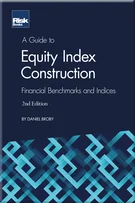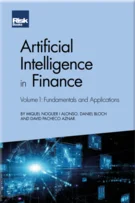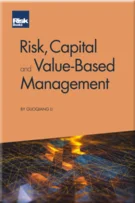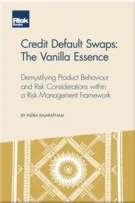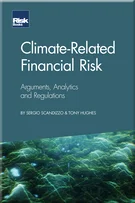A Discretionary Approach to Tail Risk Hedging
Angel Serrat
An Introduction to Tail Risk Hedging
Tail Risk Hedging: An Investment Consultant’s Perspective
Strategic Tail Risk Management: A Pension Fund’s Perspective
An Asset Allocator’s Approach to Tail Risk Hedging
Dealing with Wrong-Way Risk: A University Endowment’s Perspective
A Multi-Strategy Approach to Tail Risk Hedging
A Discretionary Approach to Tail Risk Hedging
Insuring Against Hidden Financial Catastrophe Risk
Benchmarking Convexity: Towards a Holistic Approach
Using Equity Options and Volatility to Manage Tail Risk
A Systematic Approach to Tail Risk Hedging
Tail Risk Hedging Using Convertibles
Sourcing Convexity in Asian Markets
This chapter will present a framework to assess the efficacy of alternative approaches to tail risk hedging. We apply it to some of the more popular systematic tail hedging strategies and conclude that, with hindsight, most of them would have worsened the risk/return trade-off for any rational investor. In contrast, we argue that discretionary strategies that opportunistically pursue positively convex payouts across asset classes, when structured properly, can offer an efficient tail hedge.
Since the beginning of the 2000s, and especially after the 2007–09 crisis, financial market behaviour has been characterised by recurrent “tail events”, which we define as periods of synchronised downward correction in the valuation of global risky assets, generally associated with a sudden increase in risk aversion, a marked deterioration in financial conditions and drastic reduction in market participants’ ability to borrow. This behaviour is often triggered by events such as the Lehman crisis in September 2008 or the sovereign debt crises in the spring of 2010 in Greece and in the summer of 2011 in the Eurozone (for several examples, see Figures 7.1 and 7.2). In this chapter, we will not
Copyright Infopro Digital Limited. All rights reserved.
As outlined in our terms and conditions, https://www.infopro-digital.com/terms-and-conditions/subscriptions/ (point 2.4), printing is limited to a single copy.
If you would like to purchase additional rights please email info@risk.net
Copyright Infopro Digital Limited. All rights reserved.
You may share this content using our article tools. As outlined in our terms and conditions, https://www.infopro-digital.com/terms-and-conditions/subscriptions/ (clause 2.4), an Authorised User may only make one copy of the materials for their own personal use. You must also comply with the restrictions in clause 2.5.
If you would like to purchase additional rights please email info@risk.net

